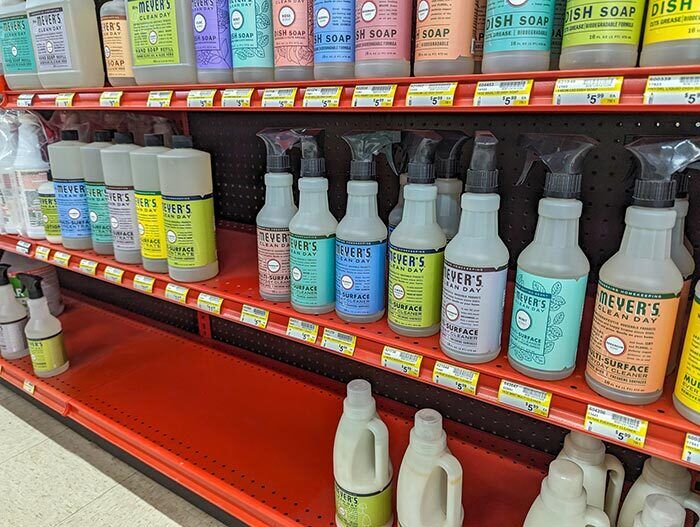5 Ways to Increase Average Transaction Size

Smart steps hardware retailers can take to boost revenue by optimizing pricing, merchandising and employee engagement.
As a hardware retailer, I’m always looking for ways to grow the business year after year. There are many ways to do that. One with which I’ve had success is raising my average transaction. It may surprise you that the secret sauce to raising your average transaction is . . . well, you didn’t think I’d give it away in the first paragraph, did you? Here are five ways I’ve increased the average transaction in our stores.
1. Develop or refine your price change strategy. Your plan needs to be realistic. There are quite a few questions you need to answer before you can implement an effective strategy: Who will be responsible for changing prices, how often can they commit to doing so, who will be responsible for putting out the new labels and how many prices do you want to change each batch? It will vary from business to business, but I have found that no more than 500 price changes per week suits our stores well.
Consistently updating pricing batch by batch not only keeps the process manageable for your team but will also help reduce inflationary pains that can hurt your price image. When I implemented our current strategy, it had been a few years since we consistently updated pricing. To say we had a lot of labels to change would be an understatement. Instead of rushing the process and trying to batch out 10,000 labels, I chose to chip away at it week by week. I started with the departments that were most important to our business over the next month and continued until we had caught up.
2. Develop or refine your end cap strategy. Are your end caps enticing customers to pick up additional items, or are they just an extension of the aisle they’re up against? End caps should be rotated out regularly. You don’t want them to become stale and thus invisible, especially to your regular customers. Location is another important consideration. You may have a great deal on a product, but if it’s not in a highly visible location, you may not see the sales you expect.
A good end cap strategy includes a plan for both seasonally relevant and hot buy items. I like to place the best seasonally relevant and hot buy end caps in the front of the store to increase visibility and improve my chances of a customer picking up additional products. Use bulk buying, clearance or special buy opportunities to fill out your hot buy end cap plan.
3. Review your impulse plan. A great location for your impulse section is at or adjacent to checkout. Line cue impulse areas are gaining popularity in retail. Not only do they direct customers where you want them to go; they also provide additional retail space for expanding your impulse selection. Does your store have a dedicated space for impulse items? If not, what currently occupies that space?
A good impulse area offers a variety of products. This can range from snacks and drinks to tools and flashlights. Items like small toys, items trending on social media and often misplaced items like electrical tape make great impulse items. Keep in mind that any item between the register and the exit is basically irrelevant. When customers begin the checkout process, they’re no longer open to adding additional merchandise, so make sure all items are merchandised before the point of purchase.
Price is another crucial factor in the success of your impulse sales. Items under $20 are our sweet spot. We’ve had some success with trending items above that, but the bulk of impulse sales come below it.
Just like end caps, your impulse items should be rotated regularly. This is a great project to give to a floor employee. Cashiers do very well with rotating SKUs and monitoring units sold. This not only empowers them to make decisions that can help the business but can also drive additional revenue from cashiers who are bought into their role ensuring the success of the impulse area.


